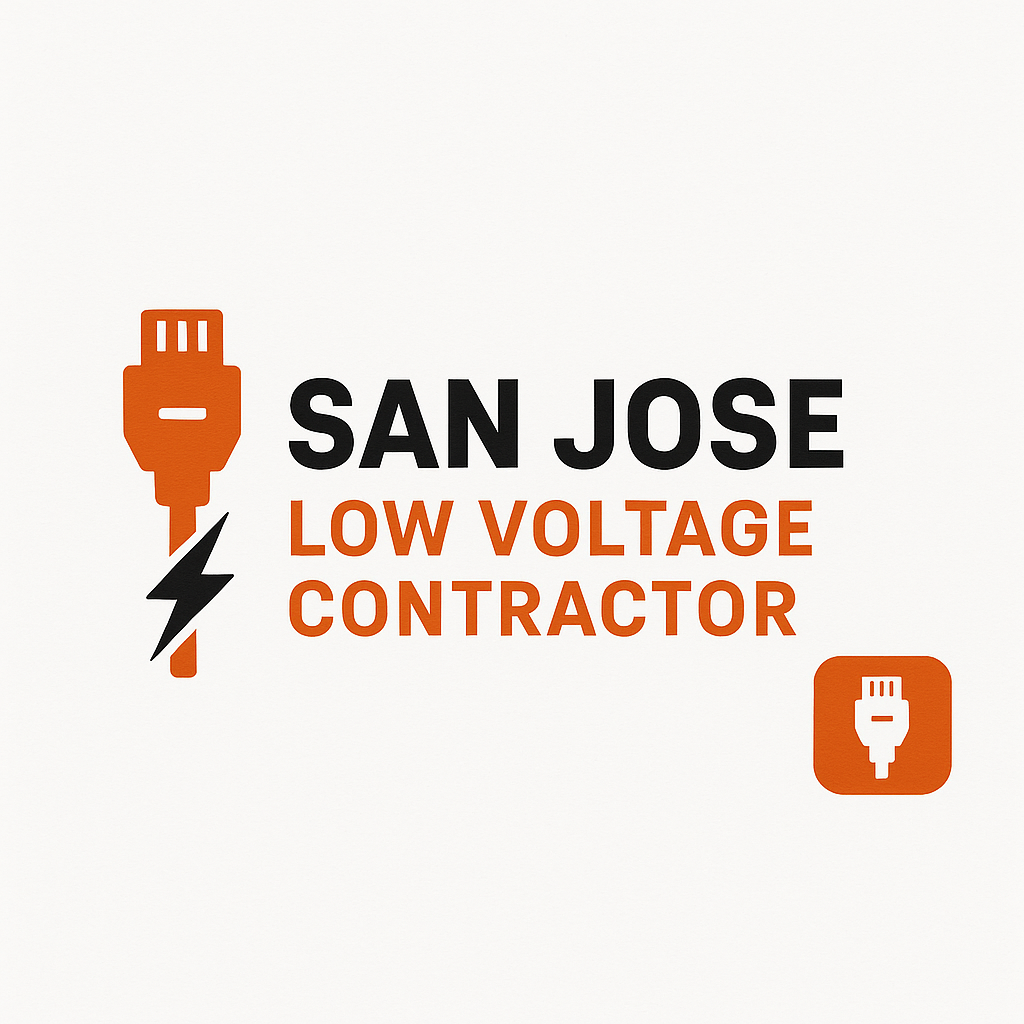Difference Between Cat5e and Cat6 Cables: A Complete Guide for San Jose Businesses
In San Jose, where technology and connectivity drive productivity, choosing the right network cabling system is critical. Two of the most common Ethernet cable types used in commercial and residential installations are Cat5e and Cat6. Although both are widely available and serve similar purposes, they differ significantly in terms of speed, bandwidth, and overall performance.
This guide explains the difference between Cat5e and Cat6 cables, helping San Jose businesses and homeowners make informed decisions when planning or upgrading their network infrastructure.
Understanding Cat5e and Cat6 Cables
Both Cat5e (Category 5 Enhanced) and Cat6 (Category 6) are twisted pair cables used for Ethernet and network connections. They look similar from the outside, but their internal specifications set them apart.
Cat5e was introduced as an improvement over the original Cat5 cable, offering better signal quality and less interference. Cat6, on the other hand, was designed to handle higher data transfer rates and frequencies, making it suitable for modern high-performance networks.
Key Differences Between Cat5e and Cat6
1. Speed and Data Transmission
- Cat5e: Supports up to 1 Gigabit per second (Gbps) at a maximum distance of 100 meters.
- Cat6: Can support speeds up to 10 Gigabits per second (10 Gbps) over shorter distances (up to 55 meters) and 1 Gbps for longer runs.
Summary: If your business in San Jose relies on fast data transfer, cloud applications, or IP-based systems, Cat6 offers better future-proofing and performance.
2. Bandwidth Capacity
- Cat5e: Operates at frequencies up to 100 MHz.
- Cat6: Operates at frequencies up to 250 MHz.
Higher bandwidth allows Cat6 cables to handle more data simultaneously, reducing latency and improving performance for demanding applications such as VoIP, video conferencing, and large file transfers.
3. Internal Structure
Cat6 cables feature tighter twists and thicker sheathing than Cat5e, which minimizes crosstalk (signal interference between wires). Some Cat6 cables also include a separator or spline to keep pairs apart, ensuring consistent signal quality.
4. Crosstalk and Interference Reduction
- Cat5e: Designed to reduce near-end crosstalk (NEXT) compared to Cat5 but still has limitations in high-noise environments.
- Cat6: Offers improved shielding and design, significantly reducing interference and providing a cleaner, more reliable signal.
This makes Cat6 a better option for data centers or office environments in San Jose where multiple cables run in close proximity.
5. Installation and Cost
Cat5e cables are less expensive and easier to install, making them ideal for small networks or residential setups. Cat6 cables are slightly thicker and stiffer, requiring more care during installation, but they offer greater long-term value and performance.
While the initial cost of Cat6 installation may be higher, it can reduce future upgrade expenses as network demands increase.
Which One Should You Choose?
When deciding between Cat5e and Cat6, consider your current and future networking needs:
- Choose Cat5e if:
- You operate a small business or home office with basic networking needs.
- You want a cost-effective solution for standard internet use and light data transfer.
- Choose Cat6 if:
- You require high-speed connectivity for large data transfers, video streaming, or cloud-based applications.
- You plan to future-proof your network infrastructure for 10 Gigabit Ethernet.
- You operate in a business or industrial setting where reliability and speed are essential.
For most new installations in San Jose, Cat6 has become the preferred standard due to its enhanced performance and scalability.
Cat5e vs. Cat6 Performance Overview
| Feature | Cat5e | Cat6 |
|---|---|---|
| Speed | Up to 1 Gbps | Up to 10 Gbps (short distances) |
| Bandwidth | 100 MHz | 250 MHz |
| Crosstalk Protection | Moderate | High |
| Cost | Lower | Slightly higher |
| Installation Flexibility | Easier | Requires more precision |
| Best For | Basic networks | High-performance networks |
Real-World Applications in San Jose
San Jose businesses and institutions—such as tech startups, educational facilities, and healthcare providers—depend on strong network infrastructure. Cat6 cabling supports faster internet speeds, reliable data transmission, and reduced downtime, which are essential for maintaining efficiency in such technology-driven environments.
Homeowners upgrading to smart home systems or high-definition streaming also benefit from Cat6’s superior speed and stability.
Future-Proofing Your Network
As San Jose continues to expand its digital infrastructure, future network demands will require higher speeds and greater bandwidth. Investing in Cat6 cabling now ensures your network remains competitive and capable of handling next-generation technologies such as 10 Gigabit Ethernet, IoT devices, and advanced automation systems.
Conclusion
Choosing between Cat5e and Cat6 depends on your performance needs, budget, and long-term goals. While Cat5e remains sufficient for basic connections, Cat6 provides a stronger, faster, and more future-ready solution for modern networks.
For businesses and homeowners in San Jose aiming to maximize connectivity, Cat6 offers the best balance between performance, reliability, and long-term value.
